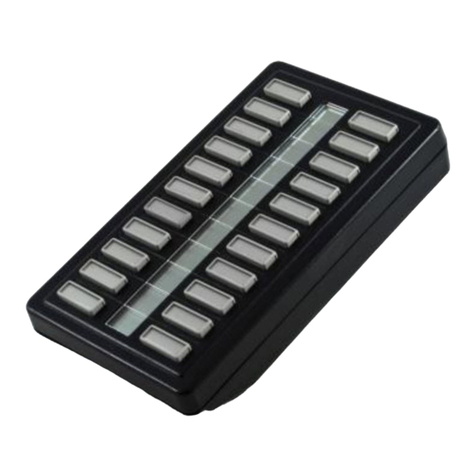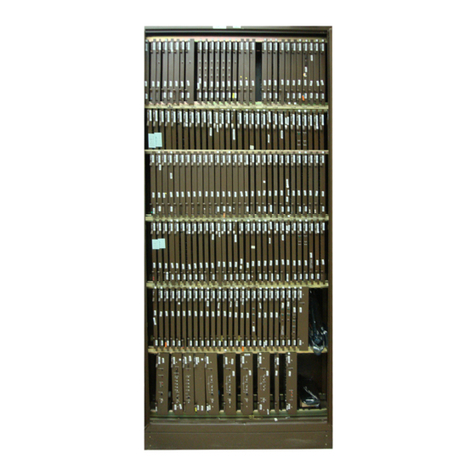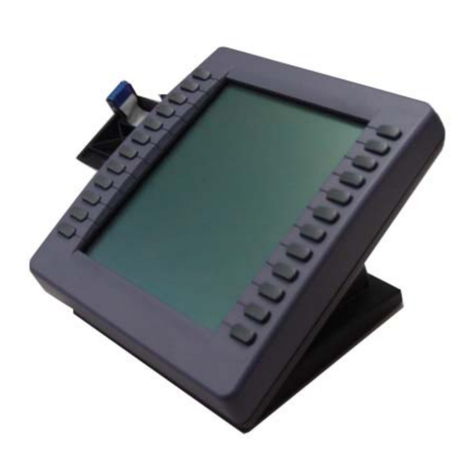
iv Contents
297-8331-815 Standard 10.01 August 1999
Activating the RSC-S 3-10
When to update the RCO2 static data 3-10
Alarms produced when a static data mismatch occurs 3-10
Tuple changed (TUPC) logs for static data updates 3-11
Types of TUPC logs 3-11
TUPC log format 3-11
Basic call processing 3-13
ESA lines and trunks 3-107
PCM-30 R1 Trunking 3-126
ISDN operations 3-143
Firmware downloading 3-206
Remote Switching Center-SONET (UK / Europe) 4-1
Understanding RSC-S translations 4-1
Differences between RSC and RSC-S 4-1
Software functionality 4-1
Revised system architecture 4-2
Packaging 4-3
Cabinetized remote switching center (CRSC) cabinet 4-3
CRSC extension (CEXT) cabinet 4-4
Cabinetized line modules (CLCE) cabinet 4-5
Cabinetized power distribution center (CDPC) cabinet 4-6
Cabinetized miscellaneous equipment (CMIS) cabinet 4-6
Cabinetized miscellaneous spare storage (CMSS) cabinet 4-6
RSC-S services 4-6
RSC-S configurations 4-7
Preparing to datafill RSC-S UK/Europe 4-10
PCL—New Software Delivery Vehicle 4-10
Collecting end-user data 4-10
Configurations 4-11
Activating the RSC-S 4-11
When to update the RCO2 static data (SD) 4-11
Alarms produced when an SD mismatch occurs 4-11
Tuple changed (TUPC) logs for static data (SD) updates 4-12
Types of TUPC logs 4-12
TUPC log format 4-12
Basic call processing 4-14
ESA lines and trunks 4-105
PCM-30 R1 Trunking 4-124
ISDN operations 4-142
Firmware downloading 4-193
Introduction to RSC-M 5-1
Understanding RSC-M translations 5-1
Signaling for the RSC-M 5-2
Signaling and communications types 5-2
Preparing to datafill RSC-M 5-4
Functional group for the RSC-M 5-4
Feature set support 5-4
CLASS 5-5
RSC-M call process 5-8



































